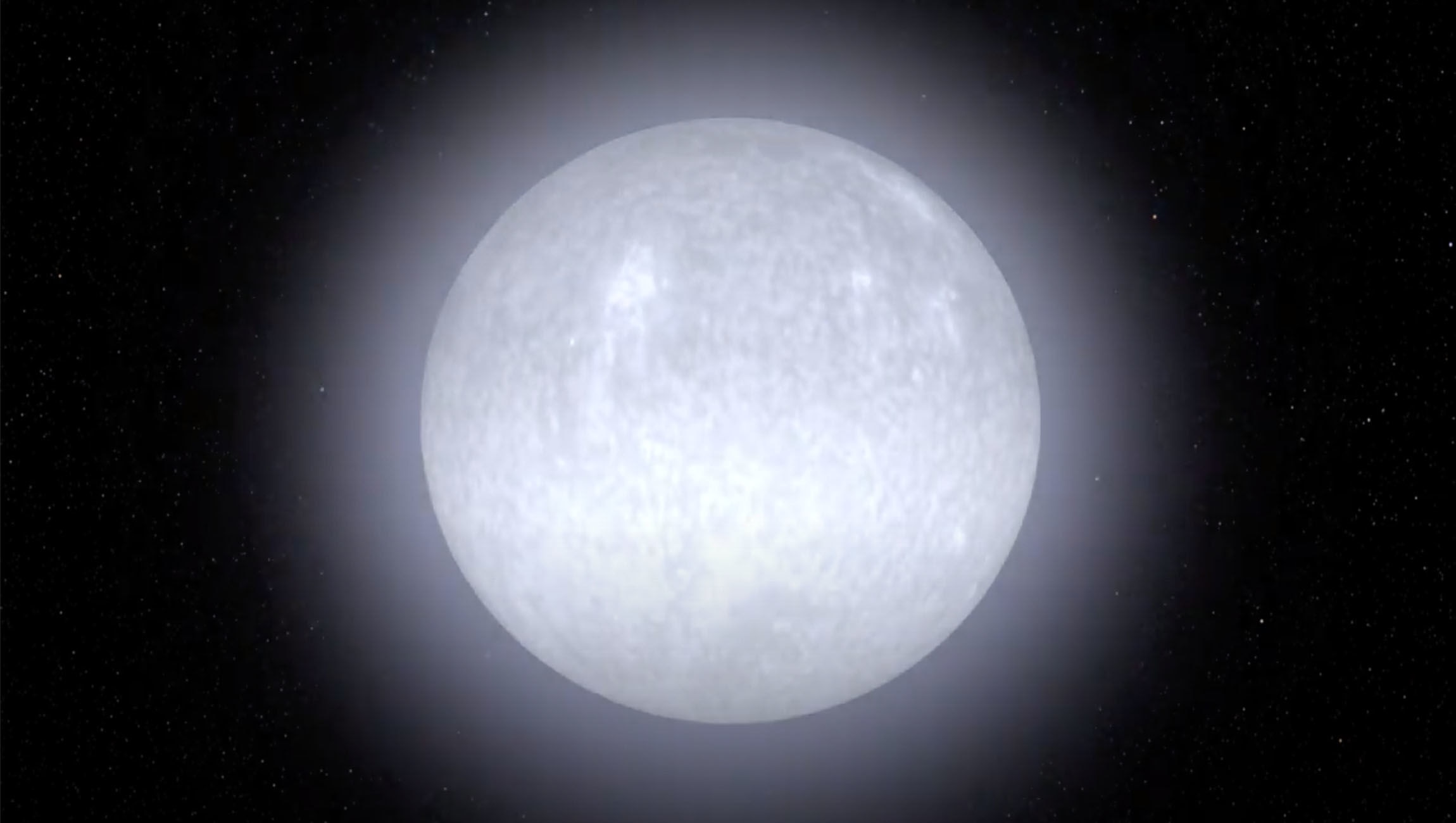Why are stars flashing us? NASA might have just found out what’s behind strange pulsations in the sky

You’re getting flashed every night, and it isn’t by someone streaking across the neighbor’s lawn because they partied a little too hard.
NASA’s TESS planet hunter doesn’t just seek out exoplanets. It also observes stars, some of which it caught flashing in a peculiar way. The weird pulsations of these stars, named Delta Scuti stars after the first one ever seen, have remained a mystery until now. Their signals were out of order (if there was even order to begin with). Because Tess glimpses changes in stellar brightness to tell astronomers back on the home planet that it has possibly seen an exoplanet in transit, astronomers analyzing TESS data have finally found out what is causing this bizarre behavior.
“A large group of pulsating stars of intermediate mass—the so-called Delta Scuti stars—have rich pulsation spectra for which systematic mode identification has not hitherto been possible,” said Tim Bedding, a professor of astronomy at the University of Sydney, in a study recently published in Nature. “This arises because only a seemingly random subset of possible modes are excited and because rapid rotation tends to spoil regular patterns.”
Delta Scuti stars are variable stars, meaning their brightness fluctuates. Around 1.5 to 2.5 times the mass of the Sun, they rotate once or twice a day—a dozen times faster. Thousands of them have been found since their random flashes tend to give them away. After NASA’s Kepler space telescope, which discovered many of them, went to the hereafter, TESS picked up where its predecessor left off. What makes the pulsations of these stars so chaotic is that their already superfast rotation flattens them at the poles, which screws up pulsation patterns and makes them borderline indecipherable.
But wait. Not all Delta Scuti stars are so irregular.
What Bedding and his research team wanted to find out was whether any of them had regular pulses. What telescopes like Kepler and TESS observe is the light of a star, which is really just skin deep. Astroseismology, the study of stars’ innards through their pulses, which originate at different depths, helped shed light on what was going on. It’s the space version of seismology, which uses earthquakes to interpret what is going on far beneath the surface. The gas pressure inside a star is always butting heads with gravity. Expansion and contraction of a star happens symmetrically if these forces are even. Uneven forces mean a star will contract or expand asymmetrically, which throws off its pulsation frequency. Turns out a subgroup of younger Delta Scuti stars exhibited much more regular pulses than older ones which had been observed before.
TESS usually has an eye out for alien planets transiting stars, so one of its four cameras captures an image every half hour. It will keep imaging that same region of sky for 27 days before moving on. The problem with this is that half an hour is much too long for the floating telescope to catch the patterns of Delta Scuti stars, but TESS also images several thousand pre-selected stars, and data from these stars is where that subgroup emerged from. 60 Delta Scuti stars with decipherable patterns were found, with either the whole star either expanding and contracting regularly or just its opposite hemispheres behaving this way.
“The space motions of some of these stars indicate that they are members of known associations of young stars, as confirmed by modelling of their pulsation spectra,” Bedding said.
Astroseismology can also tell us a star’s age. Young stars tend to live fast. The pulse patterns of that flashy subset marked them as younger than other Delta Scuti stars, and the team believes that their youth is the reason that they are oscillating so evenly. Older stars’ patterns slow down, which is why they can get easily confused with other signals. Astroseismology could eventually help scientists demystify what exactly is off in the older ones. TESS is going to further this research by taking images every ten minutes instead of every half hour in July.
If you want to see the original Delta Scuti, just look up at night. It flashes us from the Scutum constellation and is visible to the naked eye.


























